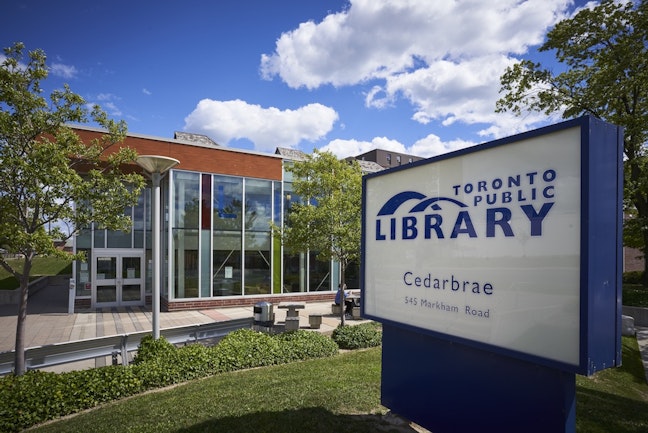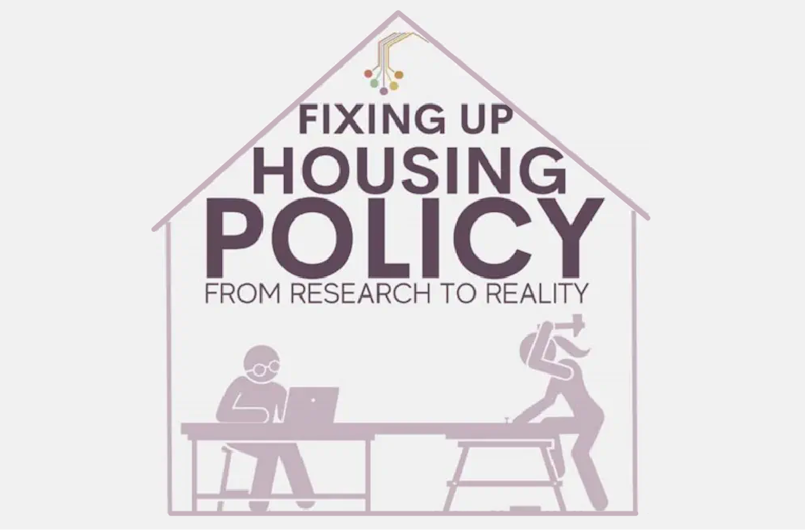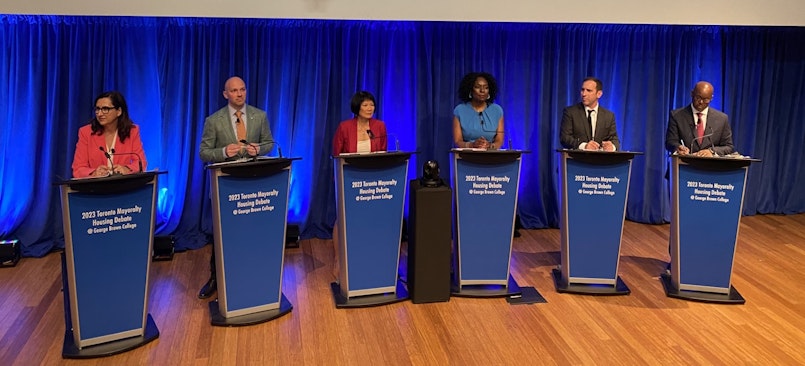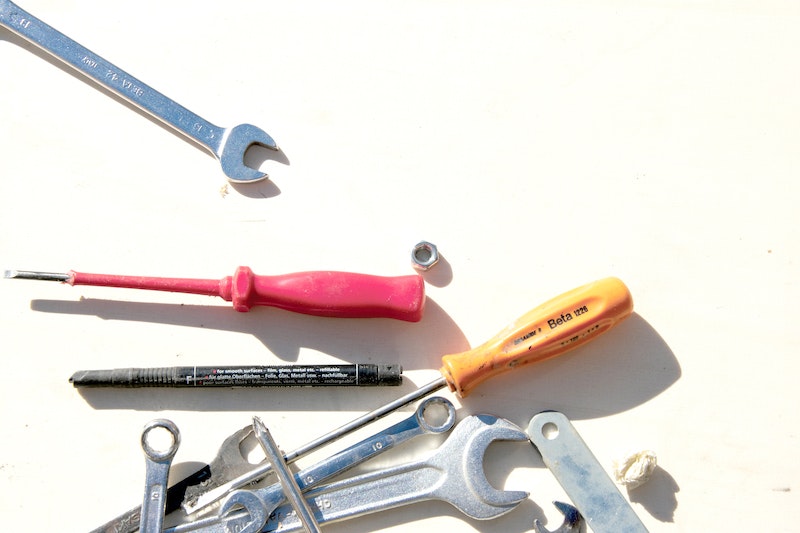Paying your closing costs is one of the last steps on the path to homeownership — and also one of the highest hurdles you’ll need to clear.
Closing costs can run into the thousands (even tens of thousands, depending on your situation). We usually suggest people set aside 5% to 10% of their purchase price for closing costs (4% to 8% for first-time homebuyers), and you can see a breakdown of those costs here. This recommendation is on the higher side but it’s a good target to ensure you’re as prepared as can be.
One of the largest closing costs is development charges. Being honest, you may not have thought much about them during the excitement of looking for a new home, right?
Development charges are fees that local governments charge for newly built homes. At Options, we include most of your development charges in the purchase price of your unit, which means you’ll be able to lump the majority of it into your mortgage. But if the charges rise beyond what is included in the initial purchase price, the difference is passed on to the buyer as a closing cost.
That’s important to know, because just like a lot of things, development charges have been going up … and up.
What are development charges, and what do they pay for?
Altogether, government fees and taxes make up 22% to 24% of the cost of a new home, according to the Building Industry and Land Development Association (BILD). At tens of thousands of dollars per unit, development charges are the biggest part of the fees-and-taxes portion of the cost of a new home.
Cities collect development charges to help pay for infrastructure and services that residents will need after they’ve moved into their new homes and neighbourhoods. That means things like “roads, transit, water and sewer infrastructure, community centres and fire and police facilities,” as the City of Toronto explains, for example.
How do cities come up with the amount for development charges?
In Ontario, the province’s Development Charge Act sets out how municipalities are allowed to come up with their development charges. The process starts with a background study to determine the amount of development that’s going to happen within a municipality. The study then estimates the need they create for water, roads, new schools and so on, and how much these things will likely cost.
Municipalities then have a year to pass a bylaw if they think development charges will have to go up to pay for the services and infrastructure outlined in the study. In recent years, raising the charges has been the norm.
Development charges have been going up fast
BILD says development charges and fees have been going up much faster than property taxes in recent years. There’s been roughly a sixfold increase in the GTA since 2009.
Let’s look at what’s been going on in Toronto. In 2018, the total development charges were $36,165 for a two-plus bedroom unit (FYI, the city refers to them as “apartments” even when they’re part of a condominium development). Fast-forward just three years to the current fee structure, which took effect in November 2021, and you’ll see that the charges for the same unit would run a little over $55,000.
(There could be more hikes to come: In spring 2022, a consulting firm suggested that the city raise development charges an additional 49 per cent. But those increases won’t affect any developments currently in construction.)
There are good reasons behind development charges, of course. Growing cities have to build infrastructure to serve growing populations. For its part, Toronto is expecting a million or more people to move in during the next few decades. And most people tend to agree that new communities need things like roads, libraries and water service.
What does it all mean for Options for Homes buyers?
As we mentioned earlier, when we launch a project at Options, we incorporate known development charges into our pricing so it can be included in your mortgage. It’s one of the ways we ease the burden of closing costs.
But development charges can and do increase in the midst of a project, at which point they are customarily paid at closing. This is why we advise you to be prepared for a portion of your development charges to be on your list of costs when you close on your newly built home.
While the amount of development charges owing might evoke a sense of sticker shock, the reality is they’re simply a portion of the 5% to 10% we recommend you have saved for closing. And they’re your part of ensuring your new community has the services and amenities it needs.






